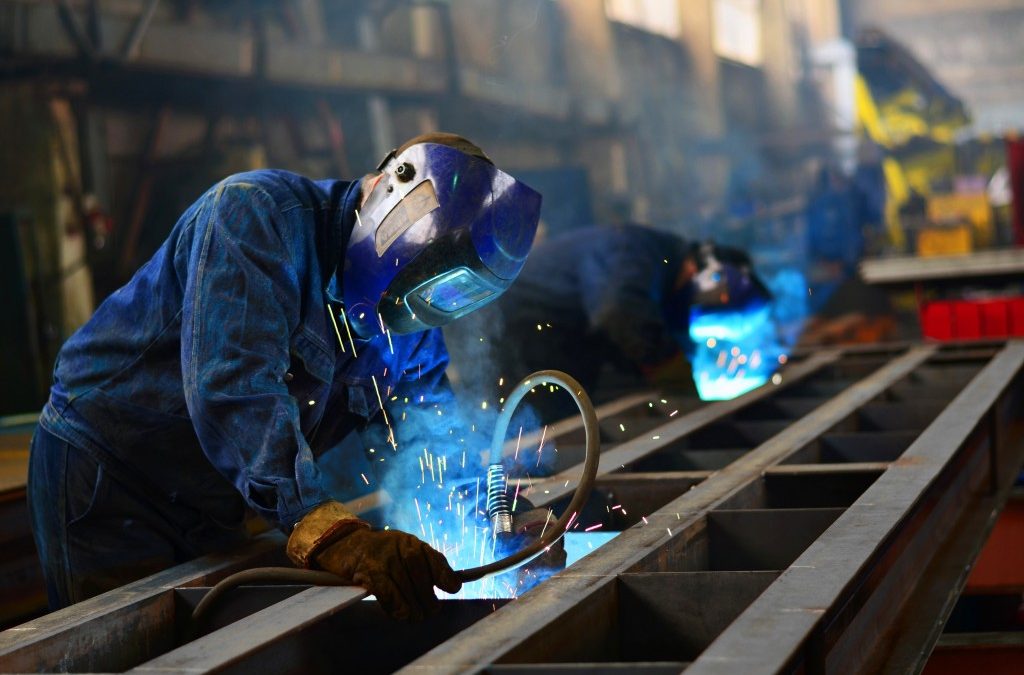When employees think about work-related disability, they may imagine sudden accidents such as falls, vehicle collisions and machinery malfunctions. Many cases of disability are caused silently by harmful chemicals, as every workers’ compensation lawyer in Illinois knows. Some common substances can lead to serious illness or even death after a brief period of unsafe exposure.
How can chemicals harm workers?
Chemicals can harm workers in many different ways. Short-term exposure to acutely high levels of a harmful chemical can cause serious or lethal poisoning. Long-term exposure can cause sensitization and severe allergic reactions. Some chemicals cause no immediate effects but are linked with elevated risks of cancer several decades after exposure. Other carcinogenic chemicals may lead to a cancer diagnosis as little as one year after the worker is exposed. Many chemicals also pose a risk of fire or explosion, even if workers are physically protected from their effects. People can stay healthy on the job by learning about some common chemicals that may cause them harm in the workplace.
1. Pesticides
Many agricultural workers face a level of exposure to pesticides that may cause severe health problems. These powerful chemicals are designed to eradicate pests and keep crops intact until harvest. Many pesticides are safe at the normal levels that reach consumers, but dangerous at the higher concentrations found in processing plants and on farms.
Strong pesticides can cause a range of respiratory and neurological problems. If pregnant women are exposed to these chemicals on a regular basis, their children run an elevated risk of birth defects and developmental delays. No level of pesticide exposure on the job is acceptable for pregnant employees. A workers’ compensation lawyer in Illinois knows that pregnant and nursing mothers have the right to be protected from pesticides in the workplace.
2. Solvents
Solvents are important in many trades, from precision manufacturing to beauty parlors. People who are employed in factories are often exposed to unsafe levels of solvents. There is also a high risk for employees who work in nail salons, hobby shops and other places where powerful glues and gels are used every day. These solvents are harmful to the human respiratory system and the human brain. They can cause lasting brain damage if they are not properly controlled.
When workers must handle solvents on the job, OSHA regulations require proper safety protection and filtering masks. Many workstations are now designed with better ventilation to cut the risk of solvent-related damage. Every worker has the right to a safe workstation.
3. Lead
Lead poisoning is a well-known risk in a number of workplaces. Many items and substances found on the job may contain unsafe levels of lead, including all of the following:
- Pipes and pipe solder
- Paint
- Caulk
- Batteries
- Ceramics
Lead has been outlawed in modern American household construction, but industries such as manufacturing and mining may still use it in specialized applications, and people who work on older buildings are often at severe risk.
Workers can suffer the effects of lead exposure after just a few days on the job. It is very important to follow proper decontamination procedures after working with lead-containing substances. According to the National Institute for Occupational Safety and Health, decontamination towels can remove 98 percent of harmful residue from a worker’s skin after handling lead on the job. Even with these safety measures in place, employees must be aware of the dangers of lead exposure and take action to avoid it whenever possible. NIOSH guidelines prohibit all unnecessary handling of lead-containing substances.
4. Silica dust
Most forms of rock and sand are made of silica. This important natural substance makes up many of the common materials in industry, including concrete, asphalt, abrasives, brick, tile, granite, masonry, mortar and cement. When these materials are ground finely, they create silica dust. This dust can be harmful to the health of workers.
People who engage in sawing, cutting or blasting these materials may suffer long-term problems. Breathing silica dust crystals can cause silicosis, a disease that harms and thickens the tissue in the lungs. Silicosis can develop in just five years of exposure to elevated concentrations of silica dust on the job. In many cases, silicosis is disabling or even fatal. Silica dust exposure is also associated with increased levels of lung cancer, according to recent OSHA studies.
As employers become increasingly aware of the hazards of silica dust, industries have begun to develop safer materials for blasting and masonry. Silica exposure is not inevitable in any industry. Workers have the right to safe materials and protective gear.
5. Asbestos
Asbestos was considered a “miracle substance” for much of the past century. Its insulating properties and fireproof qualities made it a popular choice for building homes, schools, ships, factories and other structures. Builders were unaware of the deadly effects that asbestos can have on the human body. This lethal substance has been banned for decades in American construction, but the effects still linger in older buildings, as any workers’ compensation lawyer in Illinois knows.
Common diseases caused by asbestos include lung cancer, mesothelioma, severe digestive disorders and disabling respiratory illnesses. According to current statistics compiled by the World Health Organization, more than 100,000 people die each year as a direct result of asbestos exposure. No amount of job-related exposure to asbestos is safe for any worker.
Workers should understand their rights
Unsafe chemical exposure on the job can cause severe illness and disability. Chicago workers who have been harmed by chemicals have the right to compensation. Speaking with a lawyer may help employees understand their rights.


Recent Comments